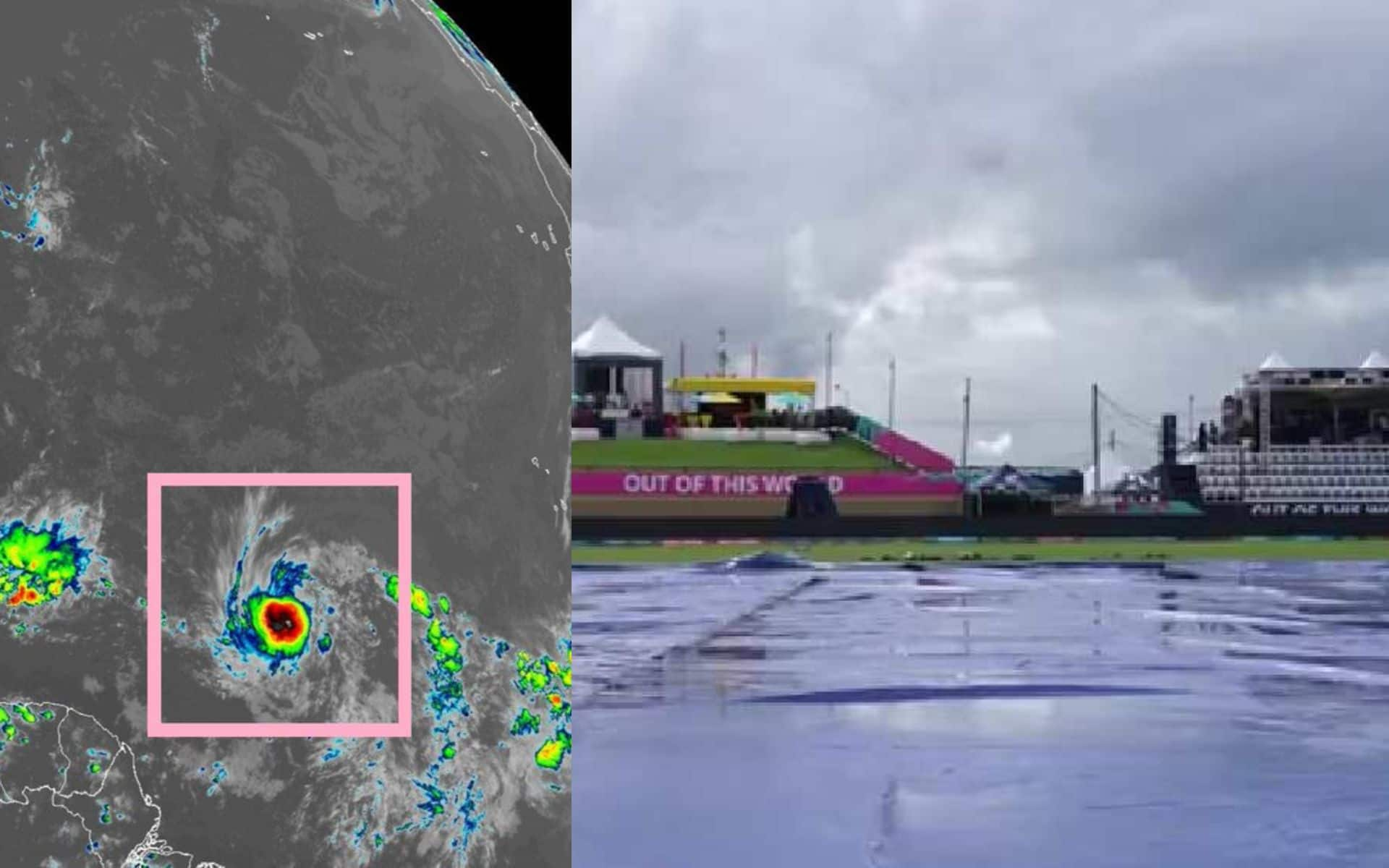Impact of Hurricanes on Barbados: Barbados Hurricane

Barbados, an island nation in the Caribbean, is frequently impacted by hurricanes, which pose a significant threat to its economy, infrastructure, and environment. The island’s geographical location within the Atlantic hurricane belt makes it particularly vulnerable to these powerful storms.
Geographical and Environmental Factors
Barbados’s geographical location and environmental characteristics contribute to its susceptibility to hurricanes. The island is situated in the path of the Atlantic hurricane belt, which extends from the west coast of Africa to the Caribbean Sea. Additionally, Barbados’s relatively flat topography and lack of natural barriers, such as mountains or forests, make it more vulnerable to hurricane winds and storm surges.
Destructive Hurricanes
Barbados has experienced several devastating hurricanes throughout its history, including:
– Hurricane Janet (1955): A Category 5 hurricane that caused widespread damage and loss of life in Barbados.
– Hurricane David (1979): A Category 5 hurricane that destroyed or damaged approximately 80% of the buildings on the island.
– Hurricane Allen (1980): A Category 3 hurricane that caused significant damage to the island’s infrastructure and agriculture.
– Hurricane Ivan (2004): A Category 4 hurricane that caused extensive flooding and damage to the island’s tourism sector.
Economic and Social Consequences, Barbados hurricane
Hurricanes have significant economic and social consequences for Barbados. The damage caused by these storms can disrupt the island’s economy, including its tourism, agriculture, and infrastructure. Hurricanes can also lead to loss of life, displacement of residents, and long-term social and economic challenges.
Hurricane Preparedness and Response in Barbados
Barbados hurricane –
Barbados has a comprehensive hurricane preparedness and response system in place to mitigate the impacts of these powerful storms. The government and local organizations work together to ensure the safety and well-being of residents during hurricane season.
The Barbados Meteorological Services (BMS) plays a critical role in monitoring and forecasting hurricanes. BMS uses a variety of tools, including weather satellites, radar, and computer models, to track and predict the path and intensity of hurricanes. BMS issues regular updates and warnings to the public, providing valuable information that helps residents make informed decisions about their safety.
Evacuation Plans and Emergency Shelters
Barbados has a well-established evacuation plan that identifies safe zones and evacuation routes for residents in vulnerable areas. During a hurricane warning, residents are advised to evacuate to designated emergency shelters, which are typically located in schools, community centers, and other public buildings. These shelters provide temporary accommodation, food, water, and medical assistance to those who need it.
Personal Hurricane Preparedness
In addition to the government’s preparedness efforts, individuals and families should also take steps to prepare for hurricanes. Here are some best practices for personal hurricane preparedness:
- Secure your home: Board up windows and doors, and secure loose objects around your property.
- Stock up on supplies: Gather a supply of non-perishable food, water, batteries, and other essential items that will last for several days.
- Develop a communication plan: Establish a plan for communicating with family and friends in case of an emergency.
Hurricane Recovery and Resilience in Barbados

Barbados has implemented comprehensive strategies to recover from hurricanes and enhance its resilience to future events. These efforts involve a combination of government initiatives, international aid, and community engagement.
Post-Hurricane Recovery Strategies
Following a hurricane, Barbados prioritizes the restoration of essential services, including electricity, water, and communication. The government provides financial assistance to affected individuals and businesses, and coordinates debris removal and infrastructure repairs. International aid organizations also play a crucial role in providing humanitarian assistance, such as food, shelter, and medical supplies.
Resilience-Building Measures
To reduce the impact of future hurricanes, Barbados has invested in infrastructure improvements, such as strengthening buildings, upgrading drainage systems, and installing seawalls. The government also conducts regular disaster preparedness drills and provides public education programs to raise awareness about hurricane risks and safety measures.
Innovative Approaches and Technologies
Barbados has embraced innovative approaches and technologies to enhance its hurricane resilience. For example, the government has developed a comprehensive early warning system that provides real-time alerts and evacuation information. Additionally, Barbados is exploring the use of green infrastructure, such as mangrove restoration and rain gardens, to mitigate the effects of flooding.
Di Barbados hurricane, dem bin really bad. But di good news be say, di hurricane beryl forecast hurricane beryl forecast show say e no go come close to Barbados. So, we can breathe a sigh of relief for now.
Barbados get plenty hurricane pass through, some big, some small. One big hurricane was Hurricane Beryl, which make landfall in Florida. Hurricane Beryl Florida was a Category 3 hurricane that cause a lot of damage. After Hurricane Beryl pass through Florida, it continue on to affect other areas, including Barbados.
Hurricane Beryl was a reminder of the importance of being prepared for hurricanes and other natural disasters.